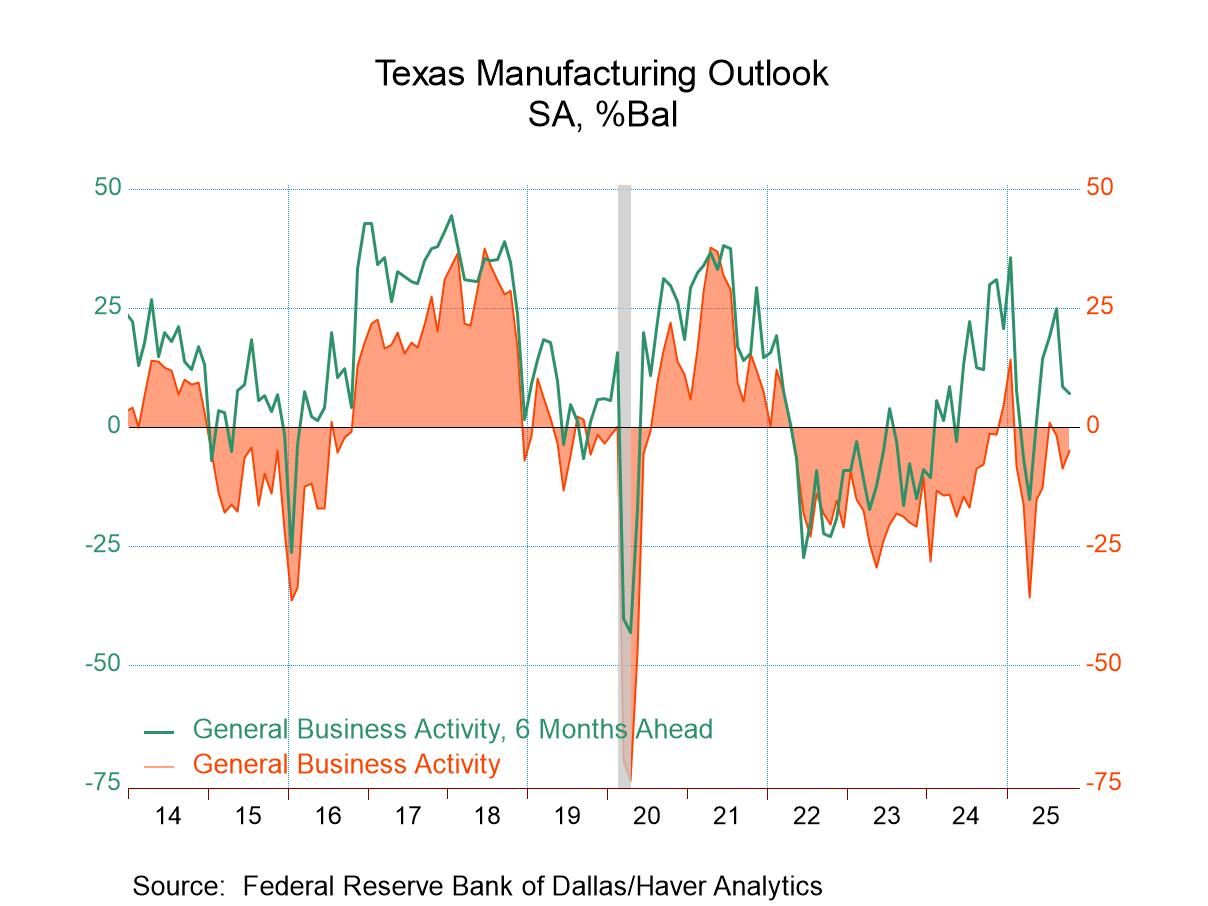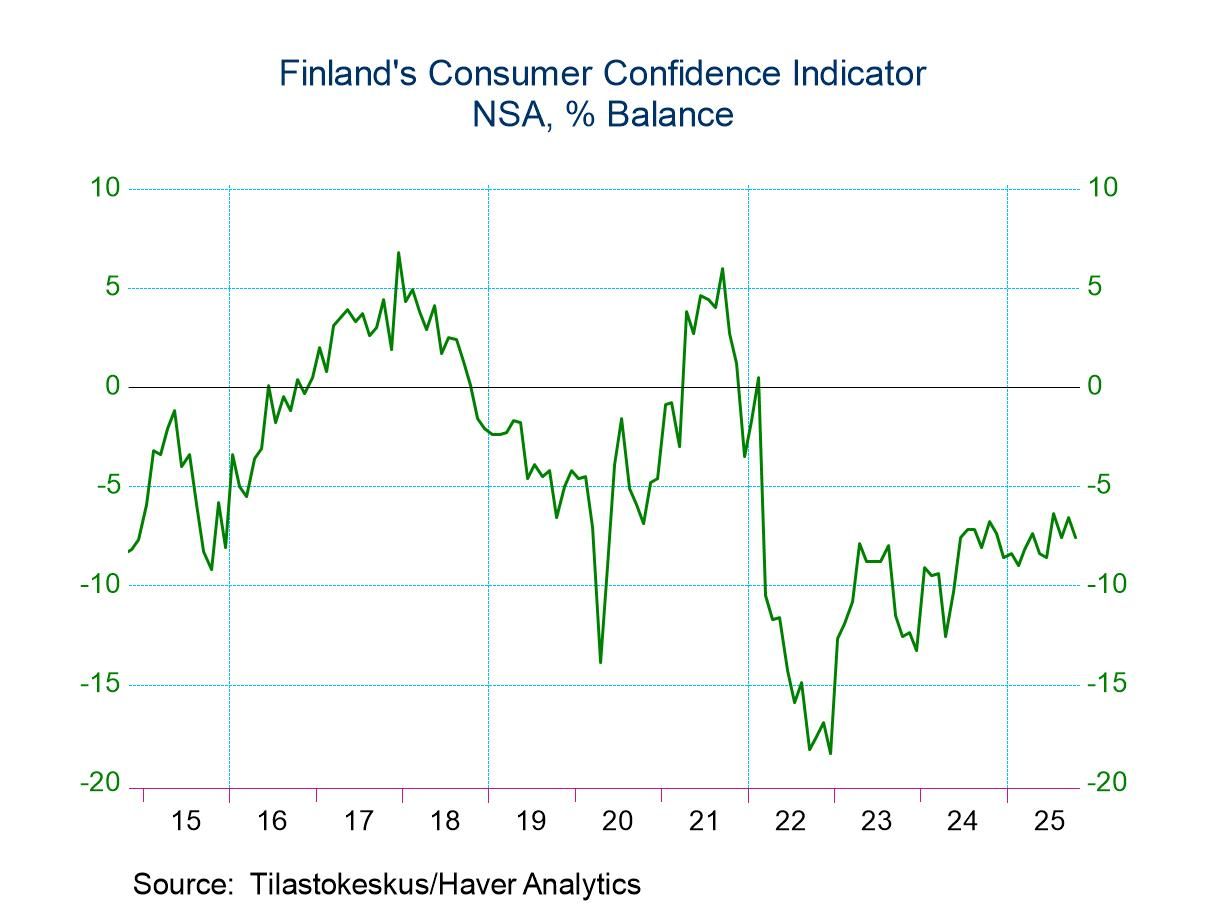Growth in consumer spending throttled back last month following a firm ending to last year. January retail sales ticked up a minimal 0.1% following an unrevised 0.5% December increase. November's increase was raised to 0.5% from 0.4%. The latest uptick matched expectations, according to Action Economics. Retail sales excluding autos rose 0.2% after an unrevised 0.3% December gain. A 0.1% rise was expected.
On the firmer side were sales at general
merchandise stores which increased 1.1% (-1.0% y/y), although that
followed four consecutive months of decline. Sales at nonstore retailers
gained 0.9% (15.7% y/y), the third consecutive month of strong increase.
Gasoline service station sales rose 0.2% (0.8% y/y). Also rising were
electronics and appliance store sales, up 0.2% (1.3% y/y). Finally, sales
of building materials gained 0.3% (2.0% y/y) for the second consecutive
month. To the weak side, prior strength in motor vehicle purchases
evaporated last month and they fell 0.1% (+8.0% y/y). That followed strong
increases in four of the prior five months. Sales of furniture & home
furnishings were similarly weak and they fell 0.2% (+3.2% y/y). Apparel
store sales fell 0.3% (+4.4% y/y). Food & beverage store sales slipped
marginally (+2.8% y/y ) and restaurant & food service sales also were
down a bit (+6.5% y/y).
The retail sales figure are available in Haver's USECON
database. The Action Economics figures are in the AS1REPNA
database.
Retail Spending (%)
Jan
Dec
Nov
Jan Y/Y
2012
2011
2010
Total Retail Sales & Food
Services
0.1
0.5
0.5
4.4
5.0
8.0
5.5
Excluding Autos
0.2
0.3
0.0
3.6
4.5
7.4
4.5
Retail Sales
0.1
0.4
0.4
4.1
4.8
8.3
5.8
Motor Vehicle &
Parts
-0.1
1.2
2.7
8.0
7.6
10.8
10.8
Retail excluding Autos
0.2
0.2
-0.2
3.1
4.1
7.6
4.7
Gasoline Stations
0.2
-1.7
-4.5
0.8
3.7
17.8
14.7
Non-Auto Less Gasoline
0.2
0.5
0.7
3.6
4.1
5.9
3.2
Food Service Sales
-0.0
1.4
1.2
6.5
7.1
5.9
3.2


 Global
Global



